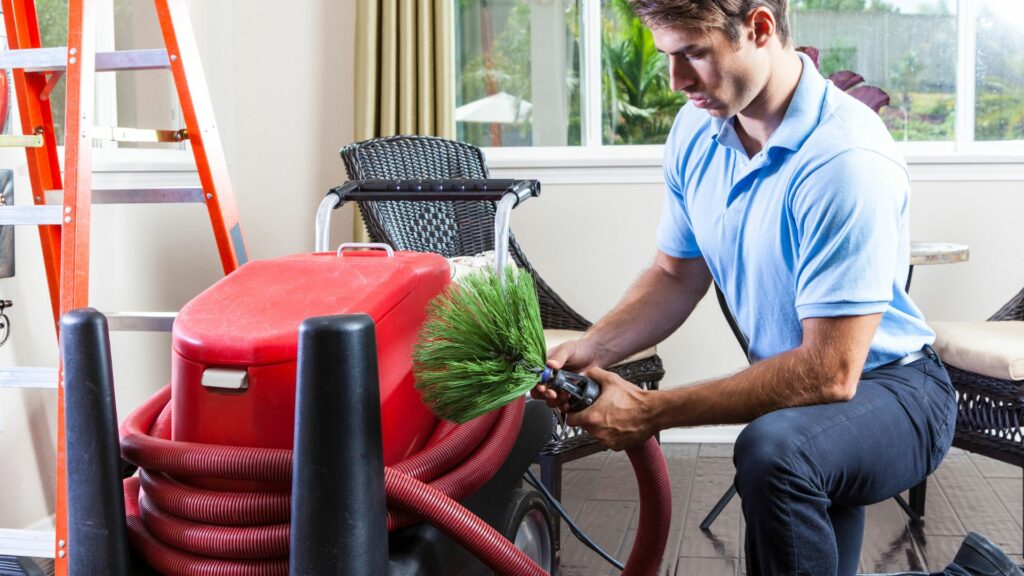Static pressure is a crucial element in the efficient functioning of HVAC systems. It ensures that the unit is working effectively, providing proper airflow throughout the system. Understanding how to measure static pressure in HVAC systems can help homeowners and business owners maintain their equipment and reduce energy costs.

What is Static Pressure?
Static pressure refers to the resistance that air encounters as it moves through the HVAC system’s ductwork and components. It can be compared to blood pressure in the human body, where both high and low-pressure levels can indicate problems.

Why Measure Static Pressure?
Measuring static pressure in your HVAC system is essential for several reasons:
- It helps identify blockages or leaks in the system.
- Ensures efficient operation, reducing energy consumption.
- Prolongs the lifespan of the HVAC components.

Tools Needed for Measuring Static Pressure
Before diving into the measurement process, gather the following tools:
- Manometer
- Pressure probes
- Drill with a bit (if necessary)
- Marking tools
Step-by-Step Guide on Measuring Static Pressure
1. Safety First
Always turn off the HVAC system before performing any measurements to ensure your safety.
2. Access the Ductwork
Locate the main ducts where you will insert the pressure probes. This is typically near the air handler or furnace.
3. Drill Test Holes
Using a drill with an appropriate bit, make small test holes in the supply and return ducts.
4. Insert Pressure Probes
Insert the pressure probes into the test holes carefully. Ensure they are securely in place to get accurate readings.
5. Connect the Manometer
Attach the other ends of the pressure probes to the manometer.
6. Record the Measurements
Turn the HVAC system back on and take note of the static pressure readings from the manometer. Compare these readings to the manufacturers specifications for your system.
Interpreting the Results
Your recorded measurements will provide valuable insights into your systems health:
- Normal Pressure Levels: Indicate the system is functioning efficiently.
- High Pressure Levels: Could suggest blockages, undersized ductwork, or dirty filters.
- Low Pressure Levels: Might indicate leaks or oversized ductwork.
Common Issues and Solutions
1. Blocked Ducts
Remove any obstructions and ensure all vents are open and unobstructed.
2. Dirty Filters
Regularly change or clean filters to maintain proper airflow.
3. Leaks in Ductwork
Seal any visible leaks with appropriate sealants or duct tape.
When to Call a Professional?
If you notice significant discrepancies in your readings, it is best to consult a professional to address the issue promptly.
Conclusion
Knowing how to measure static pressure in HVAC systems is an invaluable skill for any homeowner or business owner. It helps maintain the efficiency and longevity of the HVAC system, saving you time, money, and energy. Regular monitoring and maintenance can prevent costly repairs and ensure a comfortable indoor environment.
FAQs
What is static pressure in HVAC systems?
Static pressure is the resistance that air encounters as it moves through the HVAC system’s ductwork and components.
Why is it important to measure static pressure?
Measuring static pressure helps identify blockages or leaks, ensures efficient operation, and prolongs the lifespan of the HVAC components.
What tools are needed to measure static pressure?
You will need a manometer, pressure probes, a drill with a bit, and marking tools.